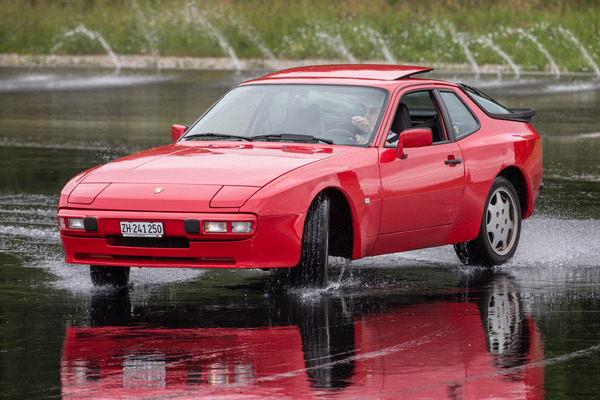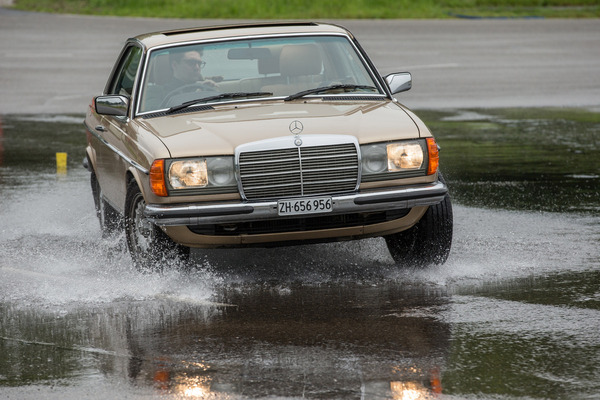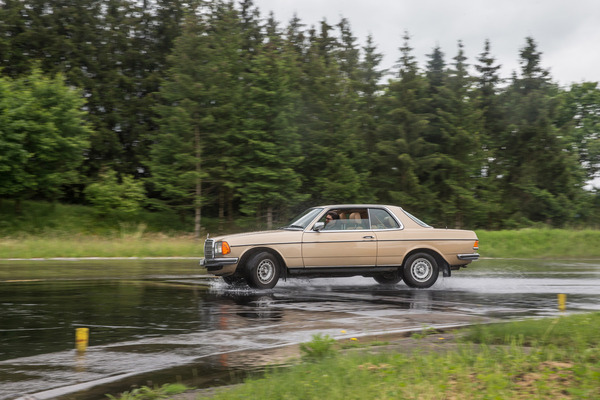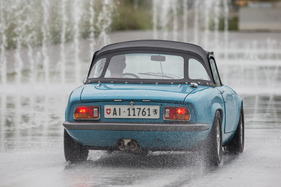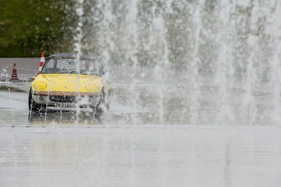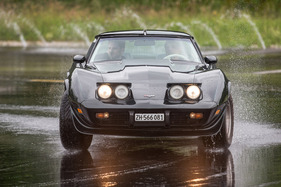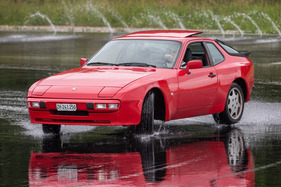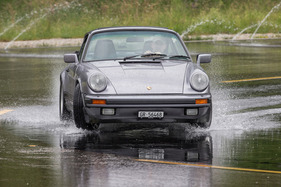Youngtimers are usually vehicles that are more than twenty years old. The next distinction is made after 30 years of operation. Then the status of "classic car" is achieved. What both have in common is that they usually have few or no driver assistance systems. However, this can have its pitfalls in everyday life on the roads.
For this reason, "TCS Training & Events" offers its own driver safety training courses for these historic time witnesses. Old vehicles sometimes require special driving techniques that are no longer taught by any driving school today. These can be learned and practiced for a whole day as part of the classic car training course. There is no discussion here about the advantages and disadvantages of ESP or ABS. Buzzwords such as "duo duplex" and "intermediate throttle", "drum brake" or "unsynchronized gearbox" are used here.

At the beginning, the short theory lays the foundation for the day. A few thoughts on driving dynamics concepts such as power transmission, load changes or braking methods never hurt. The topic of distance and stopping distance is also addressed, as most drivers' last driving lesson was years ago. With this type of vehicle in particular, it makes sense to give this some thought.
Braking is not just pedaling
The practice starts with a slalom, where the car and driver warm up and experience the influencing factors of different grip conditions. Steering and vision techniques are particularly important in classic cars. They are much more susceptible to load change reactions than modern cars. At the same time, compromises have to be made with the seating position and steering wheel position because there are often hardly any adjustment options. Headrests or seat belts are completely absent or offer hardly any protective function.
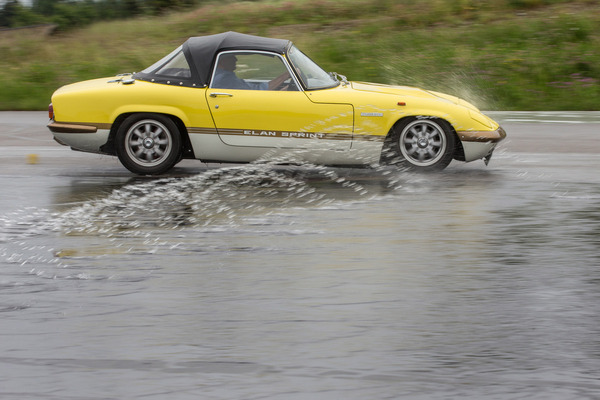
Braking is an equally important issue. Regardless of the surface, everyone should be able to brake their car to a standstill as quickly and safely as possible. It is obvious that the lack of anti-lock braking systems makes things more difficult. This is where drivers are really challenged. Locking front wheels are the least of the problems. But a suddenly locking rear axle, which causes the rear to shear out, brings beads of sweat to the driver's forehead. Different tire ages, poorly adjusted brake force regulators or simply insufficient braking effect inevitably come to light.
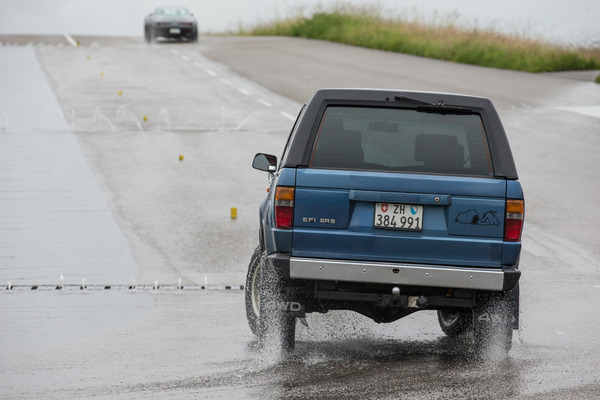
Nevertheless, in the end everyone is usually able to stop their classic car quickly and safely - and thinks about the distance they want to keep from the car in front. Of course, this also includes inspecting each other's vehicles. Each participant proudly contributes to the swarm knowledge and provides the group with information about their own vehicle. It is not unusual for the instructor to have to end the discussions so that the driving can continue.
Self-steering and counter-steering
This is how the day is spent, exercise after exercise. Driving in bends - keyword "self-steering" - is also part of the course program. After all, everyone wants to know how their vehicle reacts at the limit. This is where the terms "understeer" and "oversteer" are applied in practice. The aim is to react correctly in all situations and to bring the vehicle back under control by counter-steering or disengaging the clutch. Braking in bends is also practiced - after all, physics affects cars of all ages. The fact that it is often difficult to keep the vehicle under control or to bring it under control gnaws at many an ambition. And drifting always looks so easy in movies...
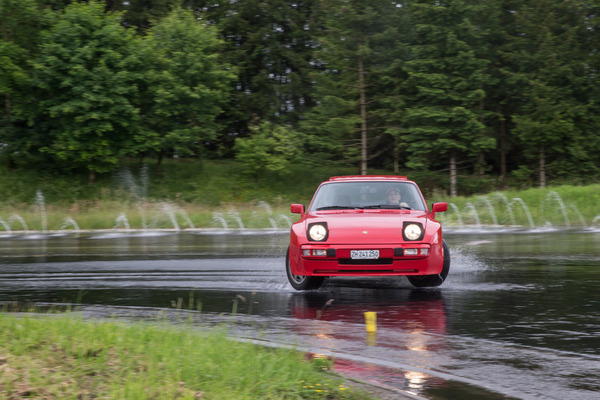
Every hour you realize that you only have a chance of averting an impending accident on the road if you are constantly alert and ready to react. There is usually no time to think in an emergency. In the final course, braking and swerving, self-steering and general cornering are practiced once again in combination. At the end of the day, the course participants climb into their rolling cultural assets with great satisfaction and know: "Wherever you look, that's where you're going!"

Driving a classic car requires a high degree of personal responsibility, but at the same time it is a lot of fun. And it is precisely thanks to this pleasure that this type of vehicle is only very rarely involved in accidents. Because classic cars, as collector's items, are generally driven more "consciously". This is because the lack of technical aids can only be compensated for by prudence and an adapted driving style. The driver alone is responsible for his actions. Although they are not supported by any assistance systems, they are also not distracted by any voice control or touchscreen.





